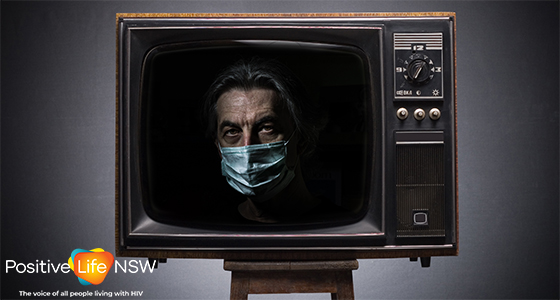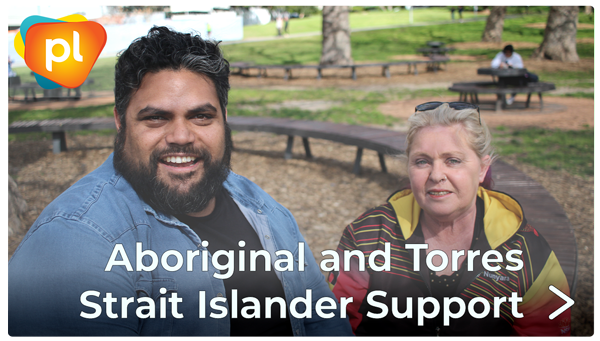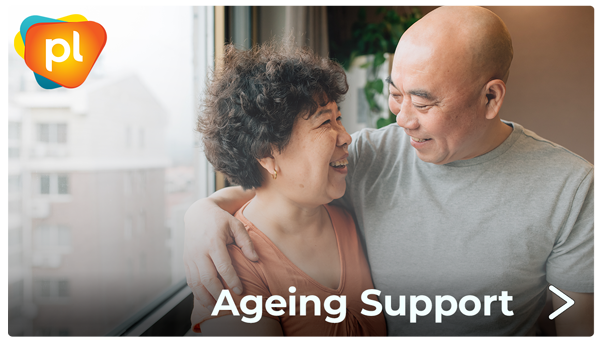I have been working in health promotion and social action for more than 25 years, and have lived through many advertisements that have tried to apply fear as a motivator for action. The recent COVID-19 advertisement is a disappointing case in point.
While the criticism of this advertisement has been swift, what was most disappointing was the apparent lack of engagement the strategy had with the evidence about use of fear (including the lessons from the stigmatising impact of the HIV Grim Reaper advertisement back in 1987).
Hard hitting emotional advertisements have their place within a comprehensive strategy, but fear is a very poor communicator and is counterproductive in mobilising communities.
Over 60 years of evidence has shown that the use of fear and anxiety only works when:
- The anxiety created is moderate and informative, otherwise the mind finds reasons to create denial and stigma (eg “that is not me / it’s those others fault”)
- The action recommended will entirely stop the threat and can be implemented immediately
- The action is easy and entirely in the control of the individual
For example, speeding in a car, or to some extent, smoking. These are, for the most part, individual decisions that are within the control of the individual (although even then there are many contexts where that may not be the case).
So let’s consider the COVID-19 advertisement.
The people of NSW already have heightened anxiety regarding COVID-19, and there is little evidence that even more anxiety will be of benefit.
Nevertheless, after increasing the anxiety, the ‘solutions’ offered at the end of the advertisement do not pass muster either.
- Stay home – this is a household and work related issue, and as a social decision, not entirely in the control of individuals
- Get tested – there are now significant queues and delays in some areas in NSW
- Get vaccinated – the shambles of the vaccine roll out is anxiety provoking itself, and so hardly an easy way to implement immediate action.
My experience is that the use of fear advertisements are usually driven by how people WANT communities to react, not by how communities DO react.
I am concerned that the use of fear and anxiety will amplify a climate of shaming people if they are linked to an outbreak, which can lead to reduced testing in the very people who are most at risk. This is a lesson that the HIV response learned through so much pain and harm.
We should not be needing to re-learn this basic Public Health 101 lesson.
Fear is NOT the effective strategy we are looking for.
– Graham Brown
Associate Professor Graham Brown is Director of Research and Evaluation at the Centre for Social Impact at UNSW Sydney. He has been living with HIV since 1996.







